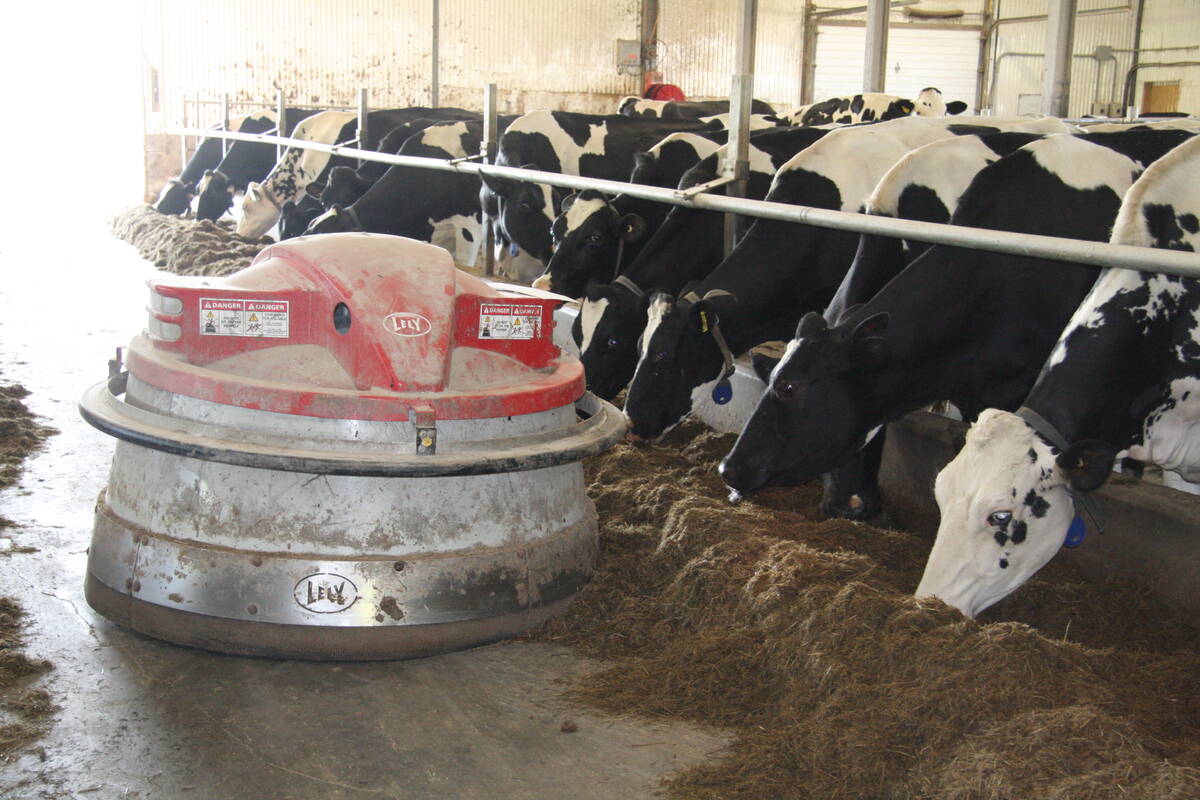Heart failure in cattle is most often caused by conditions such as hardware disease or bacterial endocarditis or myocardial infections with the Histophilus somnus bacteria.
Very young calves may suffer from heart failure due to congenital defects. However, there is a very unique condition that can cause right-sided heart failure in cattle known as high mountain disease, which seems to becoming more common in feedlot cattle in western North America.
High mountain disease is also known as brisket disease, high altitude disease or dropsy and was typically seen in the past in cattle raised at high altitudes, usually greater than 1,500 to 2,000 metres.
Read Also

Partnerships, communication key to disease management
Communication and strong, trusted partnerships are key to managing infectious diseases like Foot and Mouth Disease and HPAI.
This could be seen in cattle in some ranches in areas such as British Columbia or Colorado and the condition is caused by the lower oxygen concentrations that the cattle deal with at these higher elevations. As the altitude increases, the atmospheric pressure drops and this results in reduced oxygen concentrations at higher altitudes. Less oxygen is reaching the heart and lungs and this causes the pulmonary artery to constrict as the body tries to shunt blood to areas of the lung that are better oxygenated.
This constriction of the pulmonary artery makes it more difficult for the heart to pump blood and as a result, the heart has to work harder. If the animal stays at the higher elevation for a prolonged period of time, the pulmonary artery actually thickens with more muscle development and this results in an even greater load on the right side of the heart as it tries to pump blood through this narrowed artery. Eventually, this increased workload causes the right side of the heart to fail and the animal begins to suffer from right-sided heart failure. Cattle are somewhat uniquely predisposed to these low oxygen effects because of their small lung-to-body size ratio.
Right-sided heart failure often causes an accumulation of fluid or edema in the brisket area, which is why this disease is sometimes known as brisket disease or dropsy. Other characteristic signs will be weakness and reluctance to move and a pronounced distension of the jugular vein. The edema or fluid accumulation can also accumulate under the jaw or in the lower limbs as well. Ultimately, this disease will cause the death of the animal because there is no treatment that will reverse it.
An interesting study in the Journal of Internal Veterinary Medicine was published in 2016, which evaluated this disease in Canadian and American feedlot cattle. The researchers from Colorado State University and Feedlot Health Management Services in Okotoks, Alta., evaluated the records of 10 Canadian and five American feedlots to assess the risk of this disease occurring over time.
Dr. Joe Neary and his colleagues concluded that the risk of right-sided heart failure had doubled from 2000-12. In 2012, for every 10,000 cattle that entered the feedlots that they studied, 11 animals died of right-sided heart failure.
It should be noted that this disease is still relatively rare when compared to other diseases of feedlot cattle. For example, the researchers demonstrated that in the same population of feedlot cattle the rate of mortality due to digestive disorders was four times higher at 45 deaths per 10,000 cattle.
Many feedlots followed in this study were at relatively moderate elevations of 650 to 1,200 metres, which is much lower than we would expect to see high mountain disease in cattle in the past.
Some of the cattle may have been raised at higher elevations, which might explain some of the cases but researchers looked for other risk factors.
It appeared the risk was higher in cattle that had already been treated for respiratory disease. If the lungs have been damaged by a previous episode of pneumonia, this can also cause right-sided heart failure to occur as the compromised lungs create an additional hypoxia (low oxygen) that the animal’s heart must deal with. The condition was also more common in yearlings than calves and more commonly seen after four months on feed. The additional body weight and higher fat percentages of these cattle may predispose them to right-sided heart failure. Several authors have also suggested that there may be a genetic component to this disease, which makes certain animals more susceptible.
It appears that this condition might be becoming more common in our feedlot cattle in western North America. The condition is certainly seen more commonly at higher elevations and in more recent years it has been even identified in feedlots with more moderate elevations as well. It is one of those conditions that we probably can’t do a great deal to prevent other than attempting to control respiratory disease, which can be an important predisposing factor. It is still a relatively rare condition, but one that will be interesting to keep track of over the next few years.














